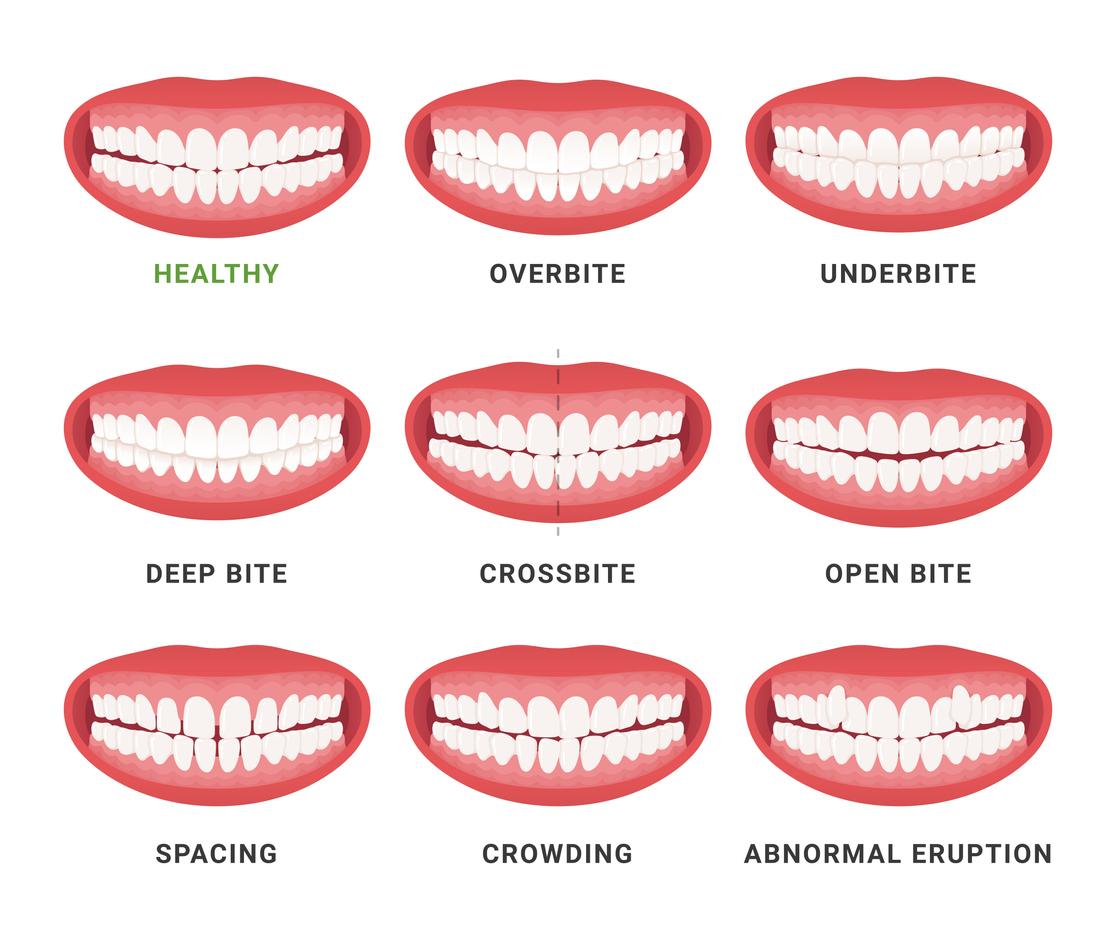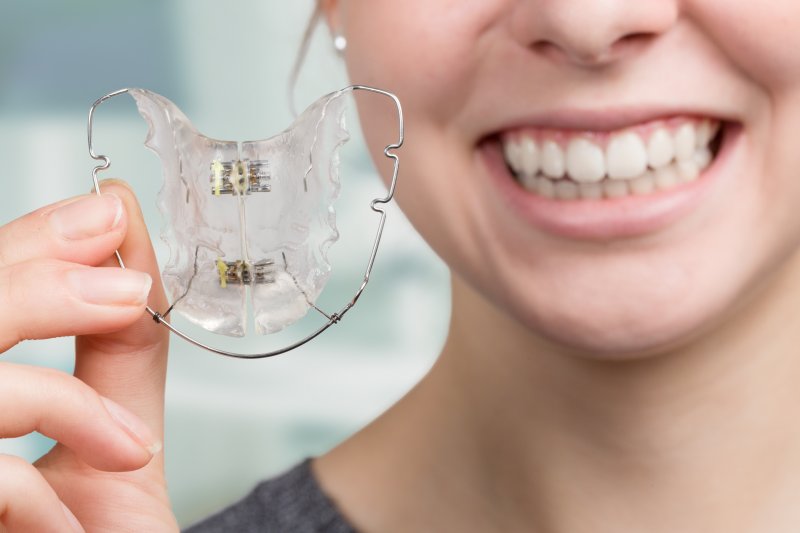Frequently Asked Questions About Invisalign: Everything You Required to Know
Frequently Asked Questions About Invisalign: Everything You Required to Know
Blog Article
Invisalign vs. Typical Braces: Which Alternative Is Right for You?
When taking into consideration orthodontic treatment, the option between Invisalign and typical dental braces presents several essential aspects that merit mindful assessment. Invisalign uses a discreet alternative with removable aligners, while conventional dental braces supply a much more noticeable yet effective option for severe misalignment.
Review of Therapy Alternatives

In contrast, traditional braces contain steel braces and wires that are bound to the teeth. This approach uses constant stress with time to achieve positioning. While reliable for intricate orthodontic issues, traditional dental braces require regular check outs for changes and can pose challenges in maintaining dental health as a result of the difficulty of cleansing around braces and cords.
Both alternatives have their advantages, and the choice usually depends upon specific oral problems, way of life preferences, and patient compliance. Eventually, speaking with an orthodontic specialist is critical for identifying the most suitable therapy plan customized to individual requirements. Recognizing the nuances of each alternative can substantially influence the general success of orthodontic therapy.
Visual Considerations
A substantial aspect affecting the choice between Invisalign and typical dental braces is the visual appeal each therapy offers. Invisalign aligners are crafted from clear plastic, making them practically unseen when used.
In contrast, traditional braces contain steel brackets and wires, which can be more obvious. While improvements in orthodontic innovation have actually led to the development of smaller brackets and colored elastics, typical braces still preserve a more noticeable account. For some individuals, the visibility of dental braces may prevent them from looking for essential treatment.
Inevitably, the selection in between Invisalign and typical braces might rest on individual choices concerning appearances. People that focus on discretion usually favor Invisalign, while those that are much less worried concerning visibility might select conventional braces. Understanding the visual implications of each option is critical for making an educated decision that straightens with one's way of life and choices.
Comfort and Convenience

In regards to comfort, Invisalign aligners are removable, enabling patients to appreciate their favored foods without constraint and keep optimal oral health. Cleaning and flossing are simplified, as the aligners can be gotten during these regimens, whereas conventional braces need cautious navigating around cables and brackets.
In comparison, standard dental braces demand routine adjustments, making them less hassle-free for those with hectic schedules. Generally, the convenience and convenience of Invisalign make it an attractive option for numerous people looking for orthodontic therapy.
Therapy Period and Effectiveness
While both Invisalign and typical dental braces are reliable in correcting oral misalignments, the go to this website period of therapy can vary substantially between the two choices. Commonly, Invisalign therapy can take anywhere from 12 to 18 months, depending on the intricacy of the situation. The clear aligners function by gradually shifting teeth into their wanted settings, and routine follow-ups with an orthodontist assistance guarantee development continues to be on track.
In comparison, standard dental braces often require a longer dedication, normally varying from 18 months to three years. This is because of their fixed nature and using wires and braces, which can be more reliable for intricate instances and extreme misalignments (Invisalign). The therapy performance of standard braces is well-documented, as they permit for exact modifications and greater control over tooth motion
Ultimately, the choice between Invisalign and conventional braces might hinge on both the awaited treatment duration and the particular dental concerns available. Consulting with an orthodontist is essential, as they can provide tailored referrals based upon individual needs, guaranteeing the chosen technique lines up with preferred end results and durations.
Price Contrast and Insurance Policy Choices
Price plays a significant role in the decision-making process for individuals thinking about orthodontic treatment, whether choosing Invisalign or traditional dental braces. Generally, the cost of Invisalign arrays from $3,000 to $8,000, while standard dental braces usually cost between $2,000 and $6,000. Aspects influencing these expenses consist of the complexity of the instance, the duration of therapy, and geographical place.
Insurance protection can significantly influence out-of-pocket expenses. Lots of dental insurance policy strategies offer partial insurance coverage for orthodontic treatments, yet the specifics can vary widely. It is vital for clients to examine their insurance plan to determine the level of insurance coverage for either alternative. Normally, standard dental braces may be extra frequently covered by insurance policy strategies contrasted to Invisalign, which some insurers classify as a cosmetic treatment.
In addition, numerous orthodontic techniques supply adaptable layaway plan, making both treatment choices extra easily accessible. Patients ought to ask regarding prospective financing choices and discounts for in advance repayments. Assessing the overall cost, find more consisting of insurance advantages and layaway plan, is crucial for making an educated decision that straightens with both visual preferences and spending plan factors to consider.

Conclusion
In summary, the option between Invisalign and conventional braces depends upon several elements, consisting of visual choices, convenience, therapy duration, and cost. Invisalign offers a discreet, detachable choice that assists in oral hygiene and nutritional adaptability, while standard braces may be better for intricate oral issues and frequently come at a lower price factor. Eventually, examination with an orthodontist is important to evaluate individual conditions and establish the most appropriate therapy choice for achieving optimum dental alignment.
When taking into consideration orthodontic treatment, the choice in between Invisalign and traditional dental braces provides several important variables that merit mindful examination.Comparing Invisalign and typical braces discloses unique treatment alternatives for orthodontic adjustment.While both Invisalign and conventional dental braces are effective in dealing with dental misalignments, click this site the duration of treatment can differ dramatically in between the 2 options.Price plays a considerable function in the decision-making process for people considering orthodontic therapy, whether opting for Invisalign or typical braces.In recap, the option between Invisalign and typical braces pivots on several elements, consisting of aesthetic choices, comfort, therapy period, and cost.
Report this page